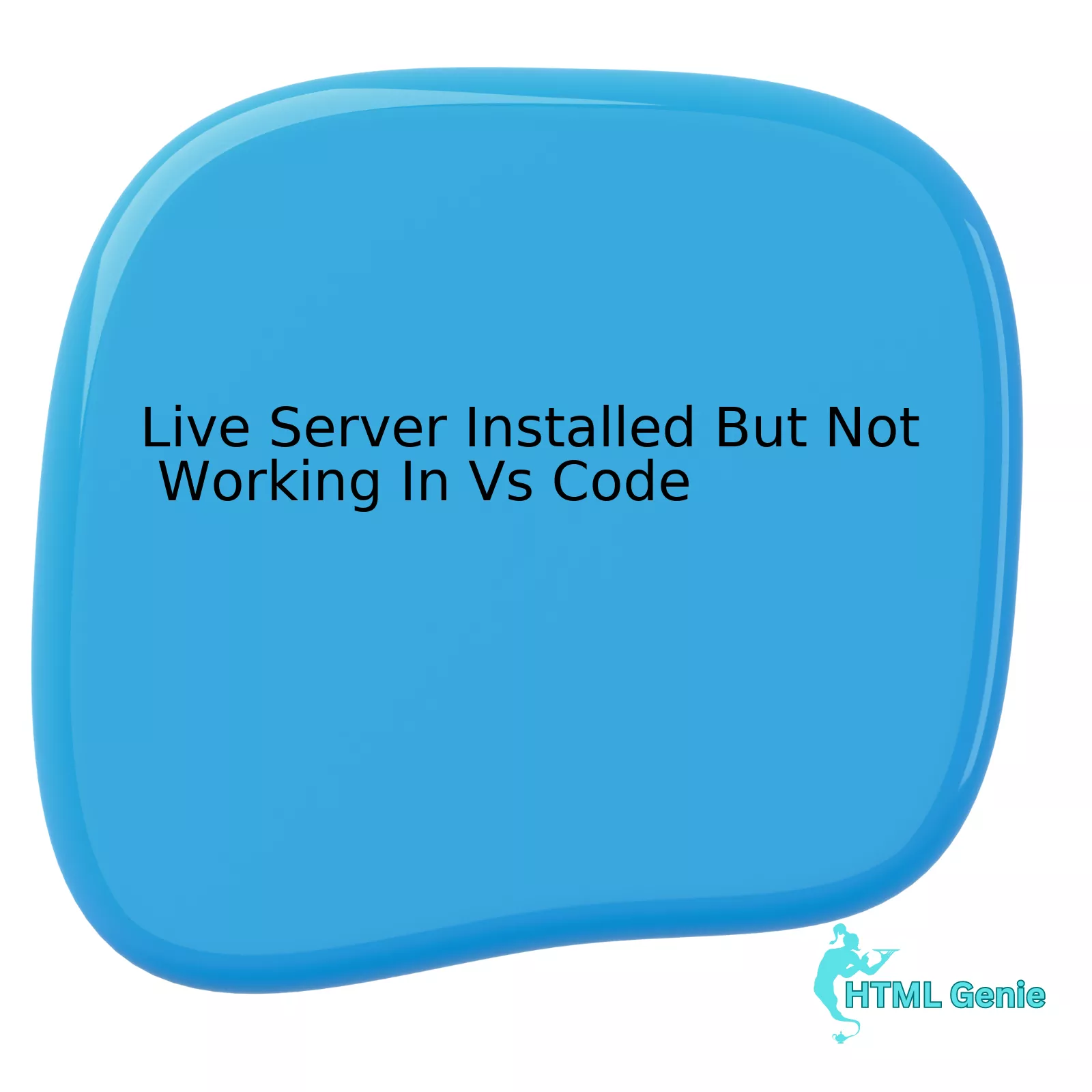In the vast, dynamic ocean of the internet, every website is an island, and every user interaction is a ripple. The art and science of Frontend Development are about learning to control these currents, to shape the user experience with intention and skill. The “Creation of Waves” is not just about making something look good; it’s about building digital experiences that are intuitive, accessible, and powerful. This process begins with the two foundational pillars of the web: HTML and CSS. HTML provides the unshakeable structure, the skeleton of the content, while CSS brings it to life with style, layout, and personality.
This comprehensive guide will serve as your HTML CSS Tutorial, navigating you from the fundamental principles of semantic structure to the advanced techniques of modern layouts and animations. We will explore how to build responsive, mobile-first websites that adapt gracefully to any device. Whether you are just starting your journey in Web Development or are a seasoned developer looking to refine your skills with the latest Web Standards, this exploration will equip you with the knowledge to not just build websites, but to create meaningful and impactful digital waves.
Mastering the fundamentals of HTML and CSS is the first step toward becoming a true architect of the web, capable of crafting experiences that are both beautiful and universally accessible.
We will delve into the core concepts, from HTML Tags and CSS Selectors to the powerful layout modules of CSS Flexbox and CSS Grid. By understanding these tools, you can transform a simple document into a complex, interactive application, ensuring your work stands the test of time in the ever-evolving landscape of web technology.
Forging the Foundation: The Power of Semantic HTML
Before a single color is chosen or an animation is designed, a website must have a solid foundation. In web development, this foundation is built with HTML (HyperText Markup Language). However, not all HTML is created equal. The evolution to Modern HTML, specifically HTML5, brought a paradigm shift from a purely structural language to one rich with meaning. This is the core principle of Semantic HTML.
Why Semantics Matter: Beyond the Browser
In the early days of the web, developers often relied on generic container tags like <div> and <span> for everything. While this works visually, it strips the content of its intrinsic meaning. Semantic HTML uses HTML Elements that describe their content to both the browser and the developer. For example, using <nav> for navigation, <header> for the page header, and <article> for a self-contained piece of content provides crucial context.
This context is vital for three key reasons:
- Accessibility: Screen readers and other assistive technologies rely on a proper HTML Structure to interpret a page for users with disabilities. A
<button>element is understood as an interactive control, whereas a styled<div>is just a generic box. Following Web Accessibility guidelines, including the use of ARIA Labels where necessary, is a professional and ethical obligation. - Search Engine Optimization (SEO): Search engine crawlers use semantic tags to understand the hierarchy and importance of content on your page, which can positively impact your search rankings. An
<h1>tag clearly signals the main topic of the page. - Maintainability: For developers, a well-structured, semantic document is far easier to read, update, and debug. It creates a self-documenting codebase that is logical and predictable.
Anatomy of a Modern HTML5 Page
A typical semantic HTML Template follows a clear and logical structure. Adhering to these W3C Standards ensures your site is robust and future-proof. Here is a basic example illustrating key HTML5 Features and semantic layout tags:
<!DOCTYPE html>
<html lang="en">
<head>
<meta charset="UTF-8">
<meta name="viewport" content="width=device-width, initial-scale=1.0">
<title>My Semantic Page</title>
<link rel="stylesheet" href="styles.css">
</head>
<body>
<header>
<h1>Main Page Title</h1>
<nav>
<ul>
<li><a href="#">Home</a></li>
<li><a href="#">About</a></li>
<li><a href="#">Contact</a></li>
</ul>
</nav>
</header>
<main>
<article>
<h2>Article Title</h2>
<p>This is the main content of the article...</p>
<section>
<h3>Related Section</h3>
<p>Content within a thematic grouping inside the article.</p>
</section>
</article>
<aside>
<h3>Related Links</h3>
<p>Content tangentially related to the main content, like an ad or a bio.</p>
</aside>
</main>
<footer>
<p>© 2023 My Website. All rights reserved.</p>
</footer>
</body>
</html>
This structure provides a clear and accessible blueprint. For more complex components, like data entry, mastering HTML Forms and using appropriate HTML Attributes for validation and accessibility is another critical skill in building a functional web experience.
Riding the Current: Advanced CSS Styling and Layouts
If HTML is the skeleton, Cascading Style Sheets (CSS) is the skin, muscles, and personality. It controls everything from typography and color to the entire Page Layout. The evolution of CSS has been transformative, moving developers from fragile hacks to powerful, dedicated layout systems. This is where the true artistry of UI Design and UX Design comes to life.
The Evolution of Web Layout: Flexbox & Grid
For years, developers wrestled with floats and positioning to create complex layouts, often leading to brittle and hard-to-maintain code. Modern CSS introduced two game-changing layout modules: Flexbox and Grid. Understanding when to use each is key to effective Web Layout design.
- CSS Flexbox (Flexible Box Layout): Best suited for one-dimensional layouts—either a row or a column. It excels at distributing space along a single axis and aligning items within a container. It’s perfect for navigation bars, form controls, and component-level alignments. A Flexbox Layout is a cornerstone of modern component design.
- CSS Grid (Grid Layout): Designed for two-dimensional layouts, managing both rows and columns simultaneously. It is the ideal tool for creating the overall page structure, such as article grids, dashboards, and complex asymmetrical designs. A Grid Layout provides unprecedented control over the placement of items.
Often, the best approach is to use them together. Use CSS Grid for the main page structure and Flexbox for aligning the components within each grid area. This combination offers the ultimate in layout flexibility and control.
Building for Every Device: Responsive & Mobile-First Design
Today, users access the web from a dizzying array of devices. A modern website must provide an optimal experience on all of them. This is the principle of Responsive Design. The prevailing best practice is Mobile-First Design, where you design and build for the smallest screen first and then use CSS media queries to add complexity and adapt the layout for larger screens.
A media query allows you to apply CSS Styling based on device characteristics, most commonly the viewport width:
/* Base styles for mobile */
.container {
width: 100%;
padding: 10px;
}
/* Styles for tablets and larger */
@media (min-width: 768px) {
.container {
width: 90%;
margin: 0 auto;
}
.sidebar {
display: block; /* Show the sidebar that was hidden on mobile */
}
}
/* Styles for desktops and larger */
@media (min-width: 1200px) {
.container {
max-width: 1140px;
}
}
This approach ensures a fast, functional experience for mobile users while progressively enhancing the layout for those with more screen real estate. This adaptive strategy is fundamental to modern Frontend Web development.
Dynamic Interfaces: CSS Transitions and Animations
Static pages are a thing of the past. Users expect smooth, interactive feedback. Modern CSS provides powerful tools for creating fluid motion directly in the stylesheet, without relying on JavaScript.
- CSS Transitions: Smoothly animate a property change from one state to another, such as a color change on hover. They are simple to implement and perfect for micro-interactions.
- CSS Animations: Allow for complex, multi-step animations using keyframes. You can control every stage of the animation, creating everything from loading spinners to intricate visual sequences.
These CSS3 Features are essential for creating a polished and engaging user experience, providing visual cues that guide the user and make an interface feel more responsive and alive.
The Modern Ecosystem: Tools, Frameworks, and Best Practices
While a deep understanding of vanilla HTML and CSS is non-negotiable, the modern Frontend Development workflow is augmented by a rich ecosystem of tools that enhance productivity, maintainability, and scalability. Leveraging these tools effectively is what separates a good developer from a great one.
Streamlining Styles: Preprocessors and Frameworks
Writing large-scale CSS can become repetitive and difficult to manage. CSS Preprocessors like SASS and LESS introduce programming concepts to CSS, such as variables, nesting, and functions (mixins), making stylesheets more organized and powerful. While native CSS Variables (custom properties) have brought some of this power directly into the browser, preprocessors remain a popular choice for their advanced features.
On the other hand, a CSS Framework provides a pre-built collection of components and utilities to accelerate development. The landscape is dominated by a few key players with different philosophies:
- Bootstrap: A component-based framework that offers ready-to-use components like modals, navbars, and cards. It’s excellent for rapid prototyping and building standard interfaces.
- Tailwind CSS: A utility-first framework that provides low-level utility classes to build custom designs directly in your HTML. It offers maximum flexibility without writing custom CSS.
- Foundation: Another robust framework similar to Bootstrap, known for its focus on flexibility and accessibility.
Choosing a framework depends on the project’s needs, but understanding their purpose is crucial for any modern developer.
Professional-Grade Code: HTML & CSS Best Practices
Writing code that works is only the first step. Writing code that is clean, efficient, and maintainable is the hallmark of a professional. Adhering to HTML Best Practices and CSS Best Practices is essential.
- Consistent Naming Conventions: Use a methodology like BEM (Block, Element, Modifier) to keep your CSS selectors logical and conflict-free.
- Code Organization: Structure your files and folders logically. Separate CSS for different components to keep your codebase modular.
- Performance Optimization: Minify your HTML and CSS files for production, optimize images, and avoid overly complex CSS selectors that can slow down rendering.
- Cross-Browser Compatibility: Test your sites on major browsers and use tools like autoprefixers to ensure your CSS Properties work everywhere.
These practices ensure your projects are not only functional but also scalable and easy for other developers to work with.
Conclusion: Mastering the Waves of Web Development
The “Creation of Waves” in Web Design is a continuous journey of learning and adaptation. It begins with a deep respect for the fundamentals: a well-structured, semantic HTML document that provides a solid, accessible foundation. From there, it expands into the expressive world of CSS, where modern layout techniques like CSS Flexbox and CSS Grid, combined with a Mobile-First Design philosophy, allow us to build experiences that are truly universal.
By embracing the modern ecosystem of tools, from CSS Preprocessors to frameworks like Bootstrap and Tailwind CSS, and committing to professional best practices, you elevate your craft. The ultimate goal is to create digital products that are not only visually appealing but also performant, maintainable, and inclusive for all users. As the technologies of the web continue to evolve, this mastery of the fundamentals will remain your most valuable asset, allowing you to navigate the currents of change and continue making impactful waves online.





